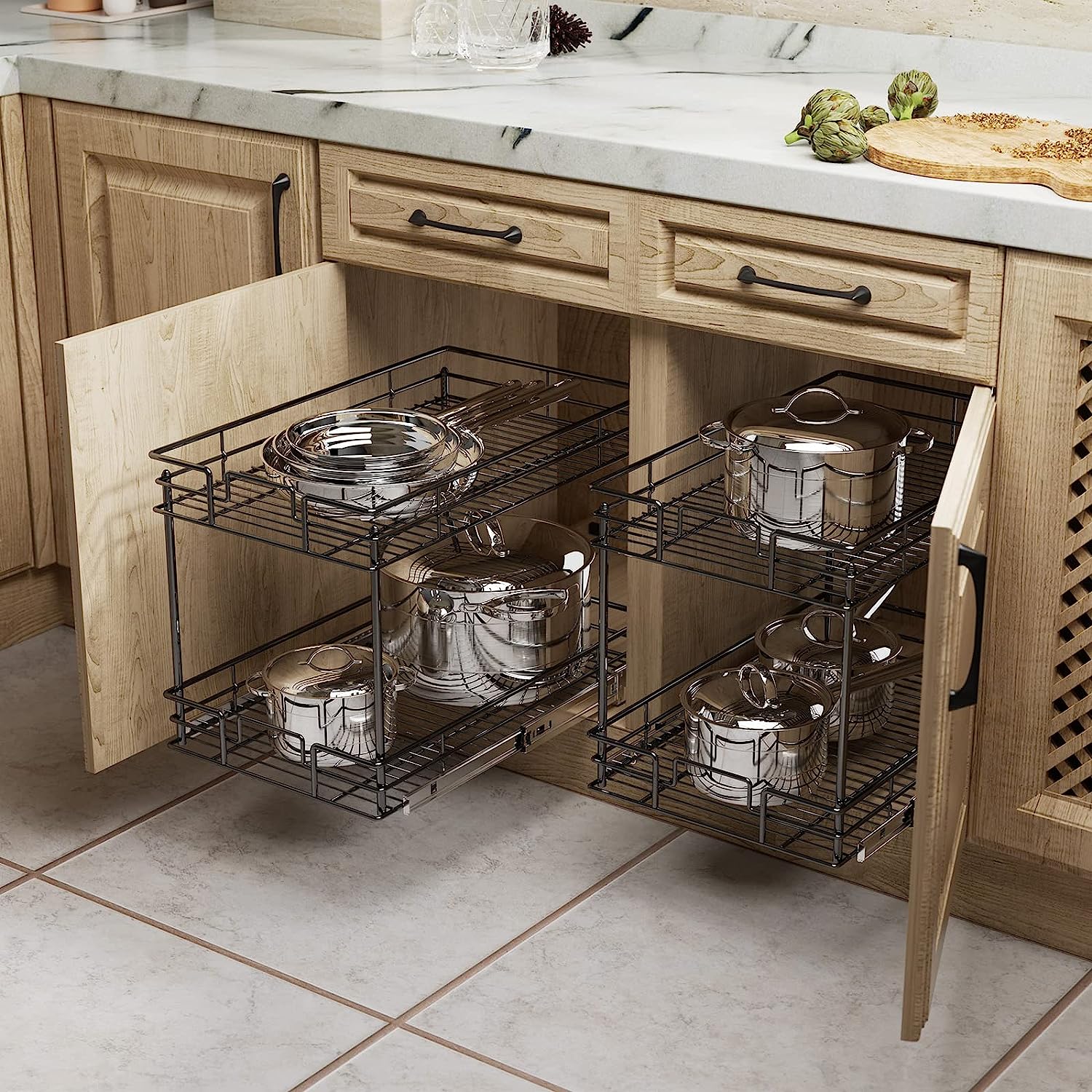

Articles
How To Organize Pantry With Deep Shelves
Modified: January 21, 2024
Need help organizing your pantry with deep shelves? Discover practical pantry storage solutions that will keep your pantry neat and tidy.
(Many of the links in this article redirect to a specific reviewed product. Your purchase of these products through affiliate links helps to generate commission for Storables.com, at no extra cost. Learn more)
Introduction
Welcome to the ultimate guide on how to organize a pantry with deep shelves! Having a well-organized pantry not only makes meal prep and grocery shopping easier but also saves you time and minimizes food waste. Deep shelves can pose a challenge when it comes to organizing, but with the right strategies and tools, you can turn your pantry into a streamlined and efficient storage space.
When it comes to organizing a pantry, the key is to have a systematic approach and create a designated place for each item. This not only helps maintain order but also allows you to easily locate ingredients and supplies. In this guide, we will explore a variety of tips and techniques to help you make the most of your deep shelves and create a functional and visually appealing pantry.
From clearing out and decluttering to maximizing vertical space, we will cover everything you need to know to transform your pantry. So, let’s roll up our sleeves and get started on creating an organized and efficient pantry!
Key Takeaways:
- Clearing out and decluttering your pantry is the first step to creating a well-organized space. Categorizing items, utilizing storage containers, and maximizing vertical space are key strategies for an efficient pantry with deep shelves.
- Labeling and proper maintenance are crucial for maintaining an organized pantry. Involving the whole family in the organization process fosters a sense of shared responsibility and ensures the system remains intact.
Read more: How Deep Are Pantry Shelves
Clearing out and Decluttering the Pantry
The first step in organizing your pantry with deep shelves is to clear out and declutter the space. This is essential to get rid of expired or unused items and create a clean canvas for organizing. Follow these steps to clear out and declutter your pantry:
- Remove everything: Start by taking everything out of your pantry. This will allow you to see what you have and assess each item individually.
- Check expiration dates: Go through each item and check the expiration dates. Discard any expired or spoiled products.
- Donate or toss: Take a critical look at non-perishable items that are still in date but have not been used for a long time. If you are unlikely to use them, consider donating them to a local food pantry or tossing them.
- Sort and categorize: Organize similar items together, such as canned goods, grains, snacks, and spices. This will make it easier to create a logical system for storing them on your deep shelves.
- Clean the shelves: Before arranging items back into your pantry, give the shelves a good clean. Wipe them down with a damp cloth or use a gentle cleaning solution for any stubborn stains.
Clearing out and decluttering your pantry not only creates more space but also allows you to see what items you already have. This will help prevent overbuying and reduce food waste, saving you money in the long run. Once you have a clean and decluttered pantry, it’s time to move on to the next step: categorizing and grouping items.
Categorizing and Grouping Items
One of the key principles of organizing a pantry with deep shelves is categorizing and grouping similar items. This not only makes it easier to find what you need but also creates a visually cohesive and organized space. Follow these steps to effectively categorize and group items in your pantry:
- Create categories: Start by identifying broad categories based on the types of items you have. For example, you can have categories such as canned goods, baking supplies, snacks, condiments, and spices. Creating categories will help you determine the best placement for each item.
- Allocate zones: Once you have your categories in mind, allocate specific shelves or areas in your pantry for each category. This will help maintain consistency in your organization system and prevent items from getting mixed up.
- Arrange in subcategories: Within each category, further organize items into subcategories. For example, within the canned goods category, you can create subcategories for vegetables, soups, and beans. This will make it easier to locate specific items within a category.
- Consider frequency of use: When grouping items, take into account their frequency of use. Keep frequently used items within easy reach, either at eye level or on the lower shelves. Reserve higher shelves or less accessible areas for items that are used less frequently.
By categorizing and grouping items in your pantry, you will create a sense of order and efficiency. When it comes to finding ingredients or supplies, you won’t have to spend unnecessary time searching through cluttered shelves. Now that you have your items categorized, let’s explore how to utilize storage containers and bins to optimize your deep shelves.
Utilizing Storage Containers and Bins
Storage containers and bins are essential tools in organizing a pantry with deep shelves. They not only maximize the use of space but also provide a systematic and neat way to store items. Here are some tips for effectively utilizing storage containers and bins in your pantry:
- Select the right-sized containers: Choose containers that fit well on your deep shelves without wasting space. Consider the dimensions of your shelves and opt for containers that are tall enough to fully utilize the vertical space.
- Opt for clear containers: Clear containers allow you to see the contents at a glance without the need to rummage through them. This makes it easier to find what you need and helps maintain an organized pantry.
- Label containers: Labeling containers is crucial for easy identification. Use adhesive labels or a label maker to clearly mark the contents of each container. This will save you time and prevent confusion when searching for specific items.
- Use stackable containers: Utilize stackable containers to make the most of vertical space in your pantry. This is particularly useful for items like snacks, baking supplies, or grains. Stackable containers help prevent clutter and ensure efficient use of your deep shelves.
- Consider pull-out bins: If your deep shelves are difficult to reach or access, consider using pull-out bins or shelves. These can be installed as slide-out organizers and make it easier to reach items at the back of the shelves.
- Organize similar items together: Group similar items, such as baking supplies or snacks, in their respective containers. This not only creates a visually appealing pantry but also makes it easier to find and access specific items.
Utilizing storage containers and bins allows you to make the most of your deep shelves by effectively utilizing the available space. It streamlines your pantry and ensures that items are stored in an organized and accessible manner. Next, let’s explore some strategies to maximize the vertical space in your pantry.
Maximizing Vertical Space
When it comes to organizing a pantry with deep shelves, maximizing vertical space is key to utilizing every inch of storage available. By implementing these strategies, you can make the most of your vertical space:
- Adjust shelf heights: If your pantry shelves are adjustable, consider rearranging them to accommodate different item heights. This allows you to customize the spacing between shelves to fit taller or shorter items.
- Use tiered shelves: Tiered shelves or step organizers are perfect for maximizing vertical space. They allow you to create multiple levels on a single shelf, making it easier to see and access items stored at the back.
- Install wire or hanging shelves: Wire or hanging shelves can be installed under existing shelves, making use of the vertical space between shelves. These additional shelves can be used to store lighter items, such as spices, small jars, or snacks.
- Consider over-the-door organizers: If you have a pantry with a door, consider using over-the-door organizers. These can hold various small items like spices, condiment packets, or baking supplies, freeing up shelf space.
- Invest in stackable bins: Stackable bins or baskets are great for maximizing vertical space. These can be used to store items that are similar in size or category, allowing you to stack them on top of each other while utilizing the vertical space effectively.
By maximizing the vertical space in your pantry, you create more storage capacity and prevent wasted space. This is especially beneficial for deep shelves where items can easily get lost or forgotten at the back. Now that you have ways to maximize vertical space, let’s explore the use of shelf dividers to further enhance your pantry organization.
Use clear storage containers to group similar items together and make it easier to see what you have. Consider adding shelf risers or lazy susans to maximize space and access items at the back of deep shelves.
Using Shelf Dividers
Shelf dividers are an excellent tool for maintaining neat and organized pantry shelves, especially when dealing with deep shelves. They help prevent items from toppling over, create separation between different categories, and maximize the use of space. Here are some tips for using shelf dividers effectively:
- Choose the right type of dividers: Depending on your pantry shelves, you can opt for adjustable or non-adjustable shelf dividers. Adjustable dividers allow you to customize the spacing according to your needs, while non-adjustable dividers provide a fixed separation.
- Create sections for different categories: Use shelf dividers to create sections for different categories of items. For example, you can separate canned goods from baking supplies or snacks from beverages. This not only improves organization but also makes it easier to locate specific items.
- Utilize dividers for stacking items: Deep shelves often require stacking items to fully utilize the space. Use shelf dividers to create sturdy boundaries for stacked items, preventing them from toppling over or becoming disorganized.
- Consider using wire or acrylic dividers: Wire or acrylic dividers are particularly useful for deep shelves. They allow you to see through the dividers, giving you a clear view of items stored behind them and making it easier to access what you need.
- Adjust dividers as needed: As your pantry needs evolve, you might need to adjust the placement of dividers. Stay flexible and make changes as necessary to accommodate different-sized items or new categories.
By using shelf dividers, you create a structure within your pantry that keeps items organized and prevents them from mixing together. It adds stability to stacked items and provides a visual separation between different categories. Now that you have organized your shelves using dividers, let’s discuss a strategy for arranging items based on their frequency of use.
Arranging Items by Frequency of Use
Arranging items in your pantry based on their frequency of use is a practical approach that ensures easy access to the items you regularly reach for. By organizing your pantry in this way, you can streamline your meal prep process and minimize the time spent searching for ingredients. Here are some tips for arranging items by frequency of use:
- Prioritize prime real estate: Designate the most accessible and convenient shelves as the “prime real estate” in your pantry. Reserve these shelves for frequently used items such as staple ingredients or your family’s favorite snacks.
- Keep everyday essentials at eye level: Place items that you use on a daily basis at eye level. This includes items like oils, spices, condiments, and commonly used canned goods. Having them within easy reach saves you time and effort.
- Store less frequently used items higher or lower: Reserve the higher or lower shelves for items that you don’t use as often. This could include specialized ingredients or bulk purchases. Storing them out of immediate reach ensures they are still accessible but not taking up valuable space.
- Maintain a rotating system: When organizing your pantry, remember to rotate items to avoid expiration and food waste. Place newer items behind older ones so that you use them before they reach their expiration dates.
- Consider a snack or grab-and-go area: If you have kids or frequently grab snacks on the go, create a designated area for snacks. This makes it easy for everyone to find and grab a quick bite without disturbing the organization of the rest of the pantry.
- Use clear containers or labels: Whether you’re storing ingredients or snacks, using clear containers or labeling them makes it easy to identify items quickly. This helps you find what you need without having to search through each container.
By arranging items in your pantry based on their frequency of use, you optimize efficiency and reduce clutter. This method ensures a smooth cooking experience and enhances the overall functionality of your pantry. Next, let’s explore the importance of labeling and proper maintenance to maintain an organized pantry.
Labeling and Proper Maintenance
Labeling and proper maintenance are essential aspects of maintaining an organized pantry. They not only help you quickly locate items but also ensure that your pantry remains tidy and functional. Here are some tips for effective labeling and proper maintenance:
- Use consistent labeling: Consistent labeling is key to maintaining an organized pantry. Use a labeling system that works for you, whether it’s using adhesive labels, chalkboard labels, or a label maker. Ensure that labels are clear, easy to read, and adhere well to containers or shelves.
- Label containers and bins: Labeling storage containers and bins helps identify the content within them, making it easier to find what you need. Clearly mark each container with the name of the item it holds or categorize them by their contents. This prevents confusion and saves you time when searching for specific items.
- Periodically review and reorganize: Regularly review the contents of your pantry and reorganize as needed. Take a few minutes every month to check for expired items, adjust categories and groupings, and ensure that everything is in its proper place.
- Restock and replenish: Regularly check your pantry to see what items need to be restocked. Create a shopping list to ensure you always have essential ingredients on hand. Maintain a system to rotate older items to the front and add new purchases to the back to ensure freshness.
- Wipe down shelves and clean containers: Take the time to periodically wipe down your pantry shelves to keep them clean and free from dust or spills. Clean storage containers and bins as necessary to maintain a hygienic environment for your pantry items.
- Involve the whole family: Encourage your family members to participate in the organization and maintenance of the pantry. Teach them the importance of returning items to their designated places and following the labeling system. This helps ensure that everyone contributes to keeping the pantry organized.
Labeling and proper maintenance are ongoing processes that require consistency and attention. By following these tips, you can create a well-organized, functional, and visually appealing pantry that is easy to maintain. Now that we’ve covered labeling and maintenance, let’s summarize what we’ve discussed.
Conclusion
Congratulations! You’ve reached the end of our ultimate guide on how to organize a pantry with deep shelves. By implementing the strategies and tips outlined in this guide, you can transform your pantry into a well-organized, functional, and visually appealing space. Let’s recap the key points we covered:
First, clearing out and decluttering your pantry is essential to create a clean canvas for organization. Categorizing and grouping items helps create a logical system and make it easier to find what you need. Utilizing storage containers and bins maximizes space and keeps items neatly organized. Maximizing vertical space allows you to make the most of your deep shelves, while using dividers helps maintain separation and stability. Arranging items by frequency of use ensures easy access to the items you use most often. And finally, labeling and proper maintenance are crucial for maintaining an organized pantry over time.
Remember, organizing your pantry is an ongoing process. It’s important to periodically review, reorganize, and restock to keep everything in order. Involve your family members in the process to foster a sense of shared responsibility and to ensure the system remains intact.
With your newly organized pantry, you’ll be able to find ingredients quickly, reduce food waste, and enjoy a more efficient meal prep experience. So, roll up your sleeves, apply the tips from this guide, and enjoy the benefits of a well-organized pantry with deep shelves!
Frequently Asked Questions about How To Organize Pantry With Deep Shelves
Was this page helpful?
At Storables.com, we guarantee accurate and reliable information. Our content, validated by Expert Board Contributors, is crafted following stringent Editorial Policies. We're committed to providing you with well-researched, expert-backed insights for all your informational needs.
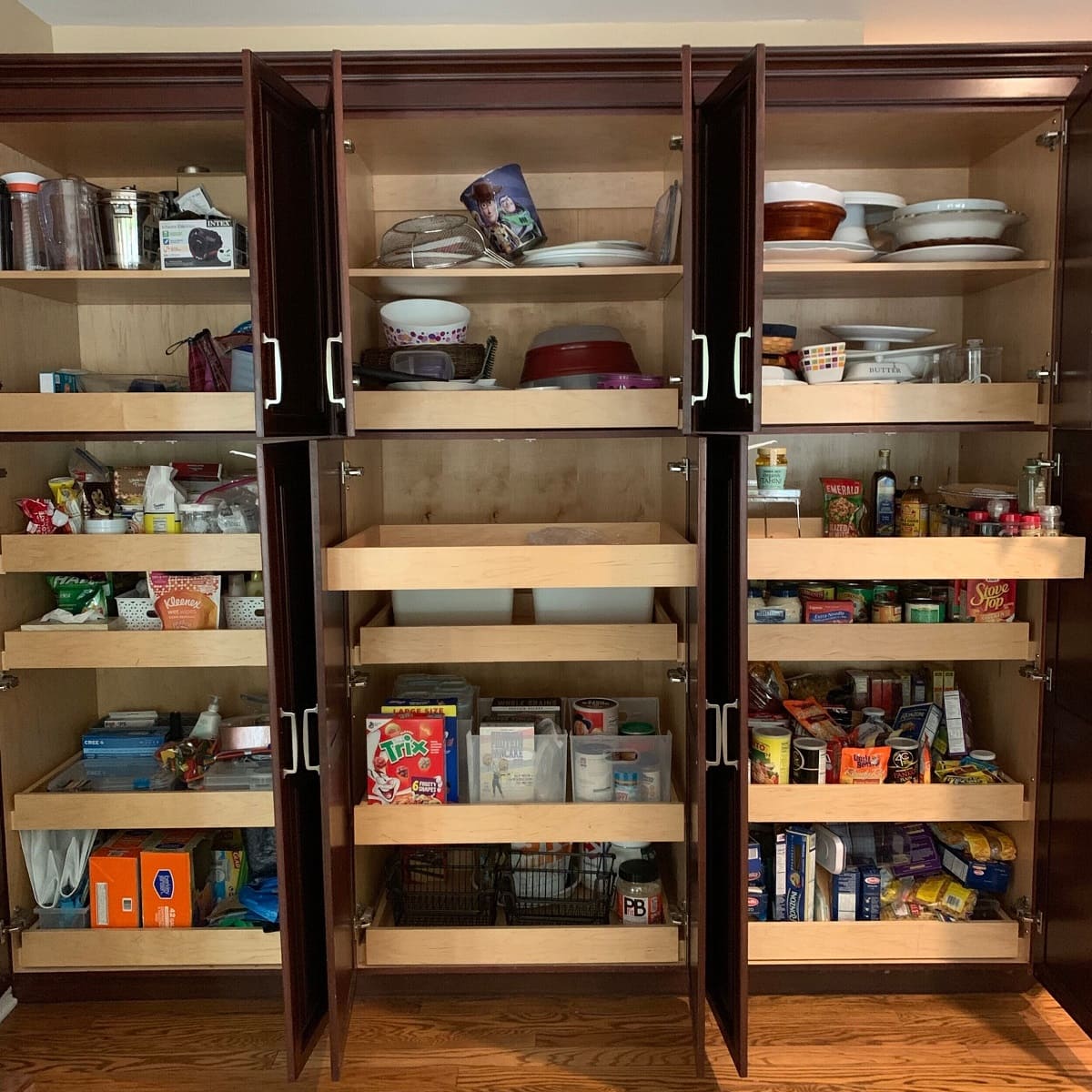
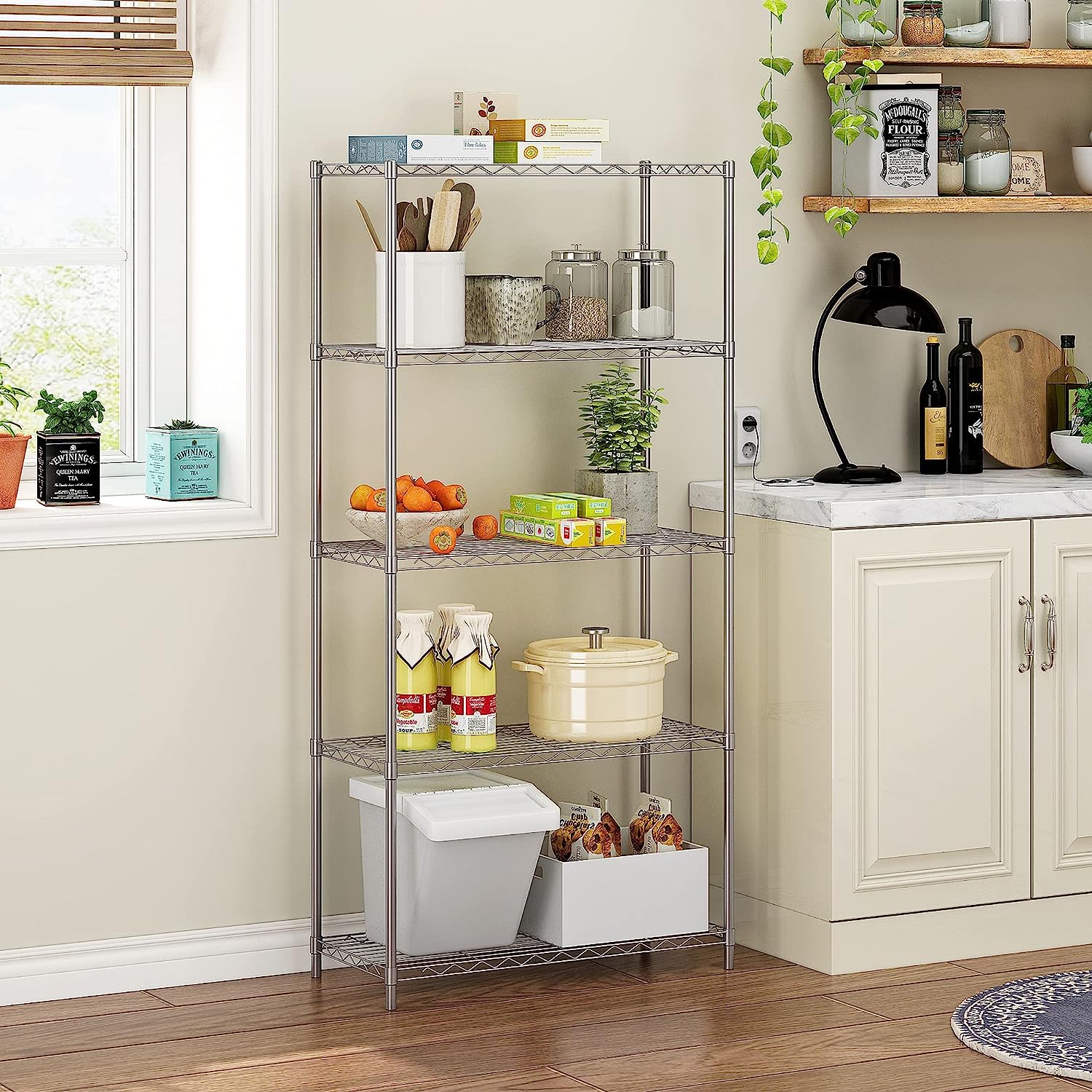
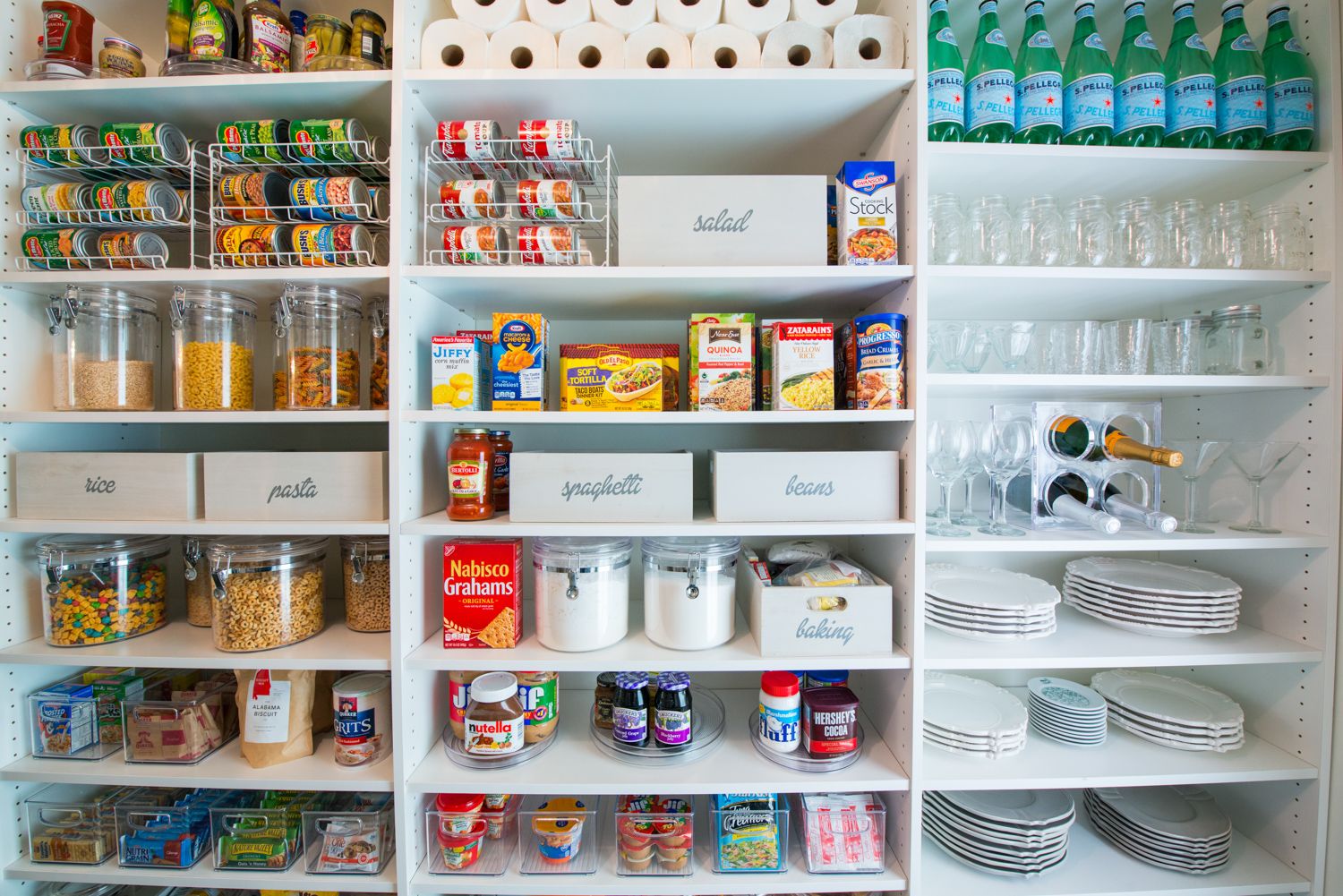
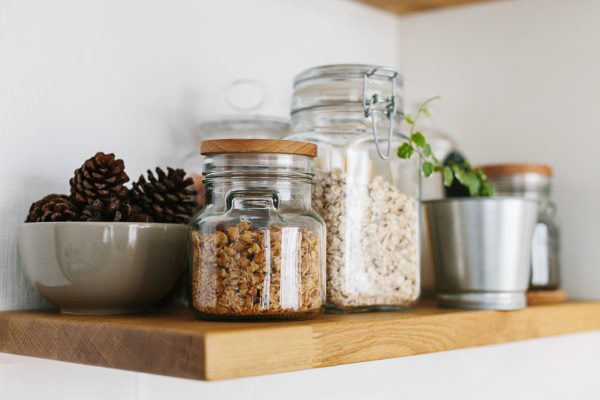

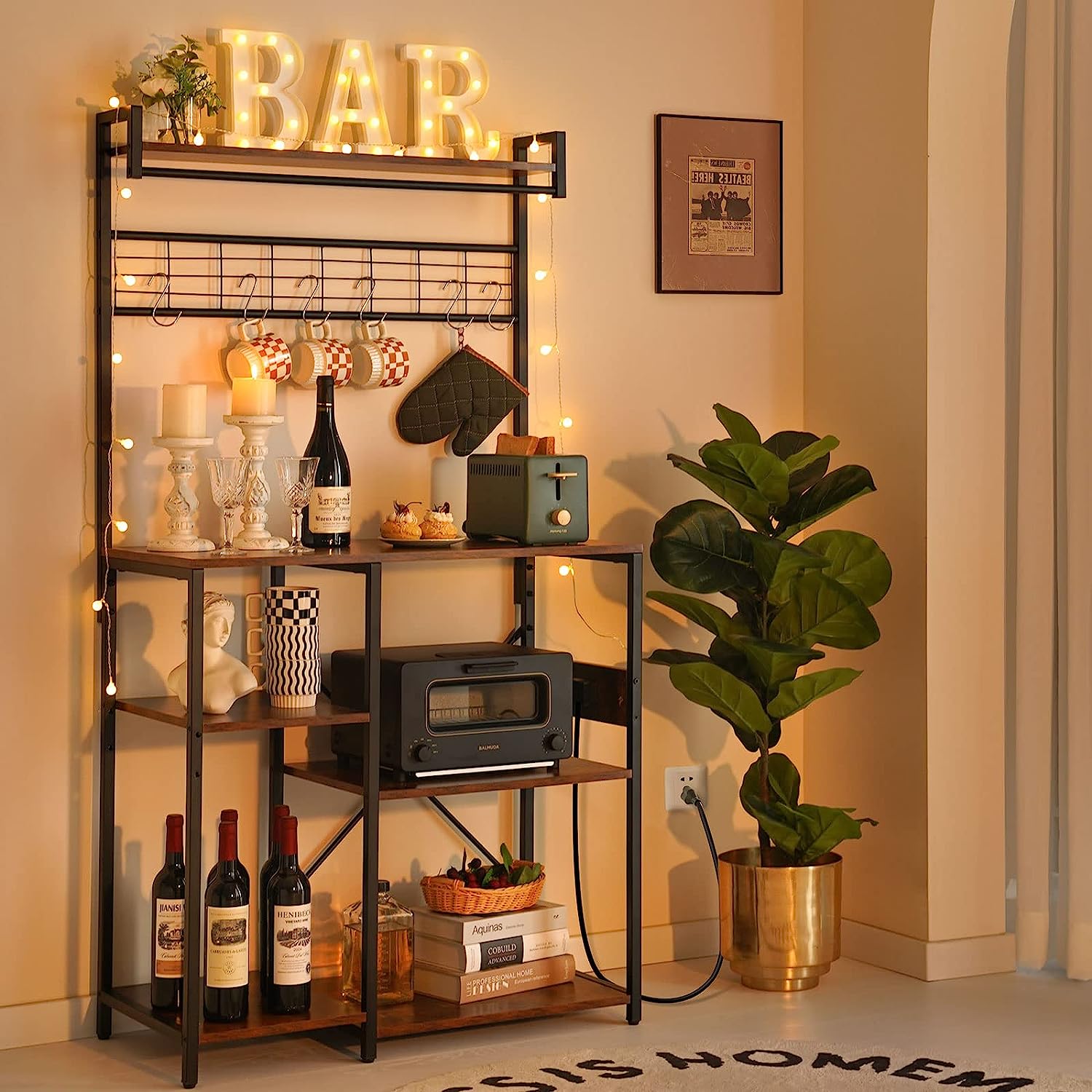

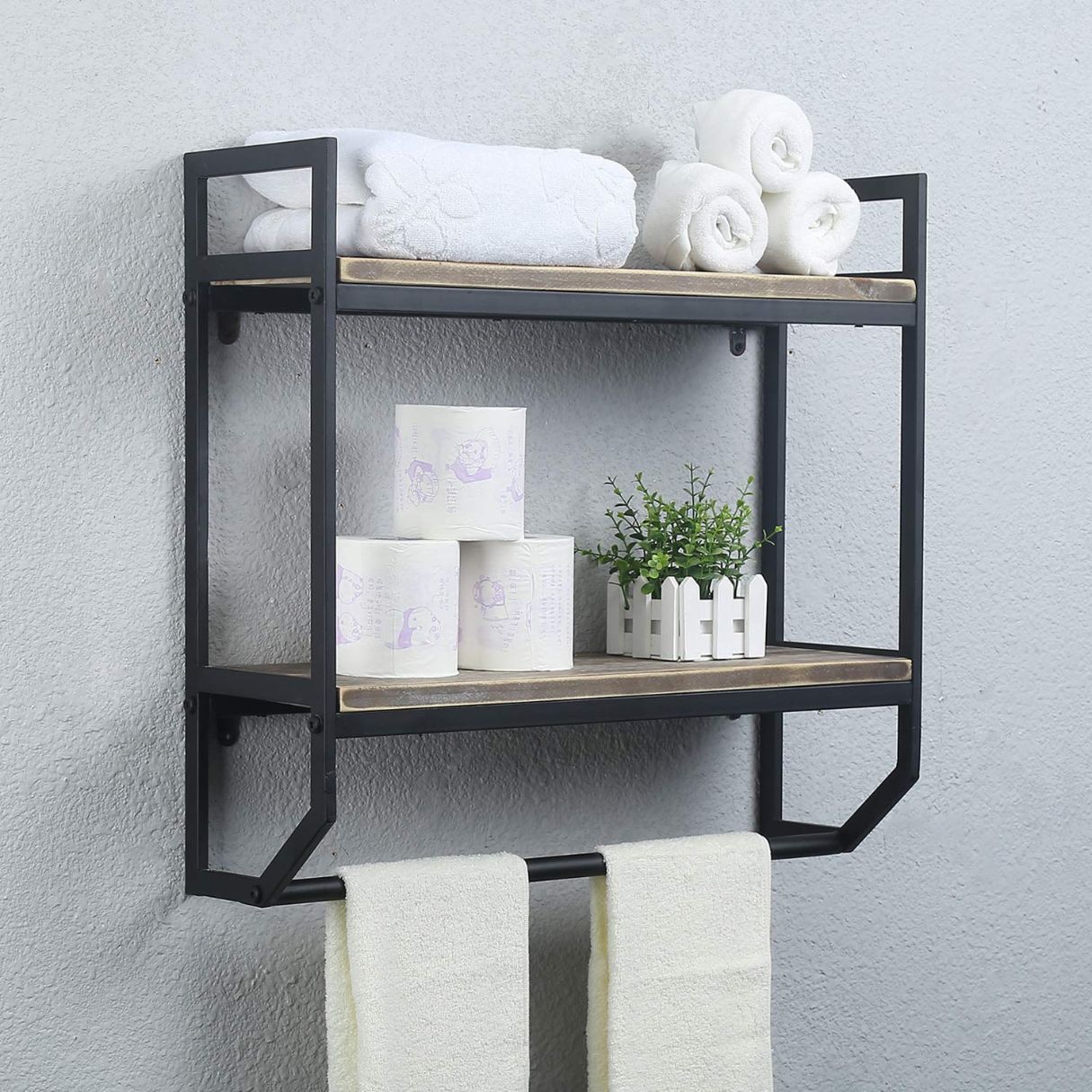

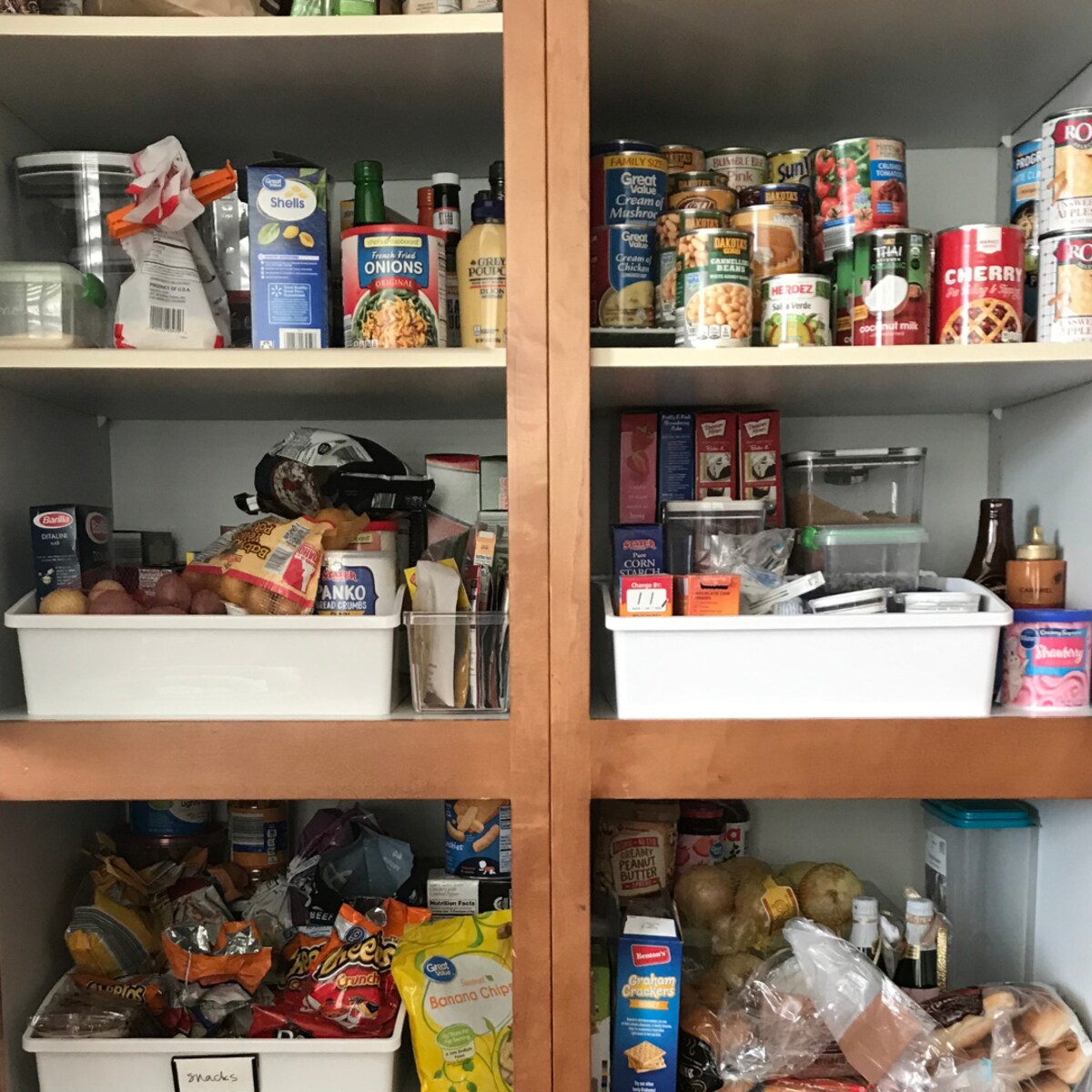
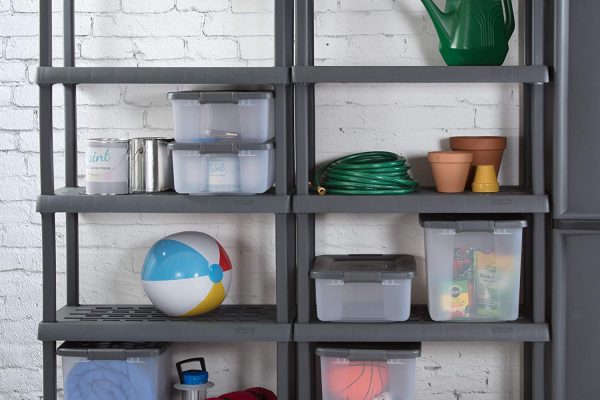
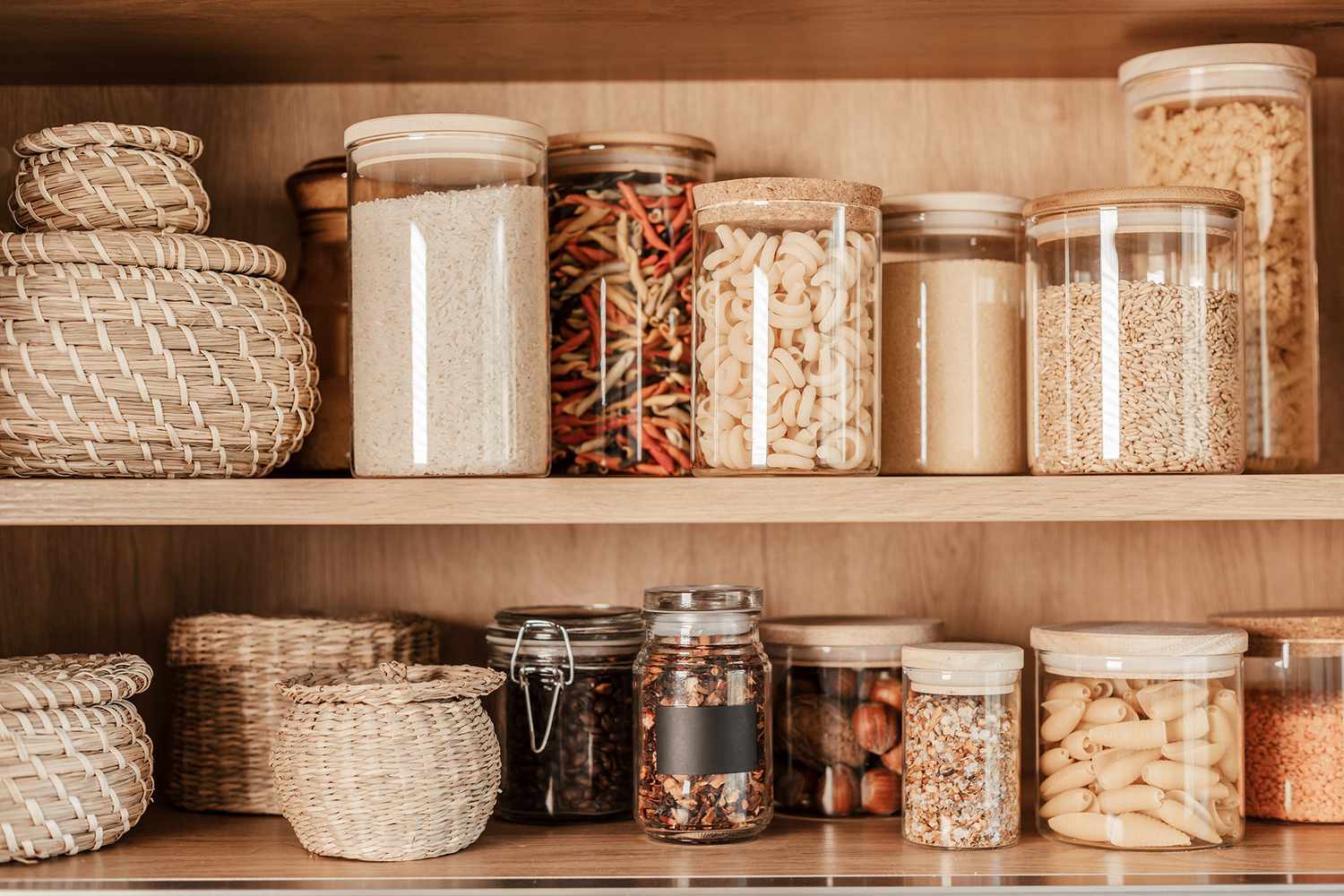

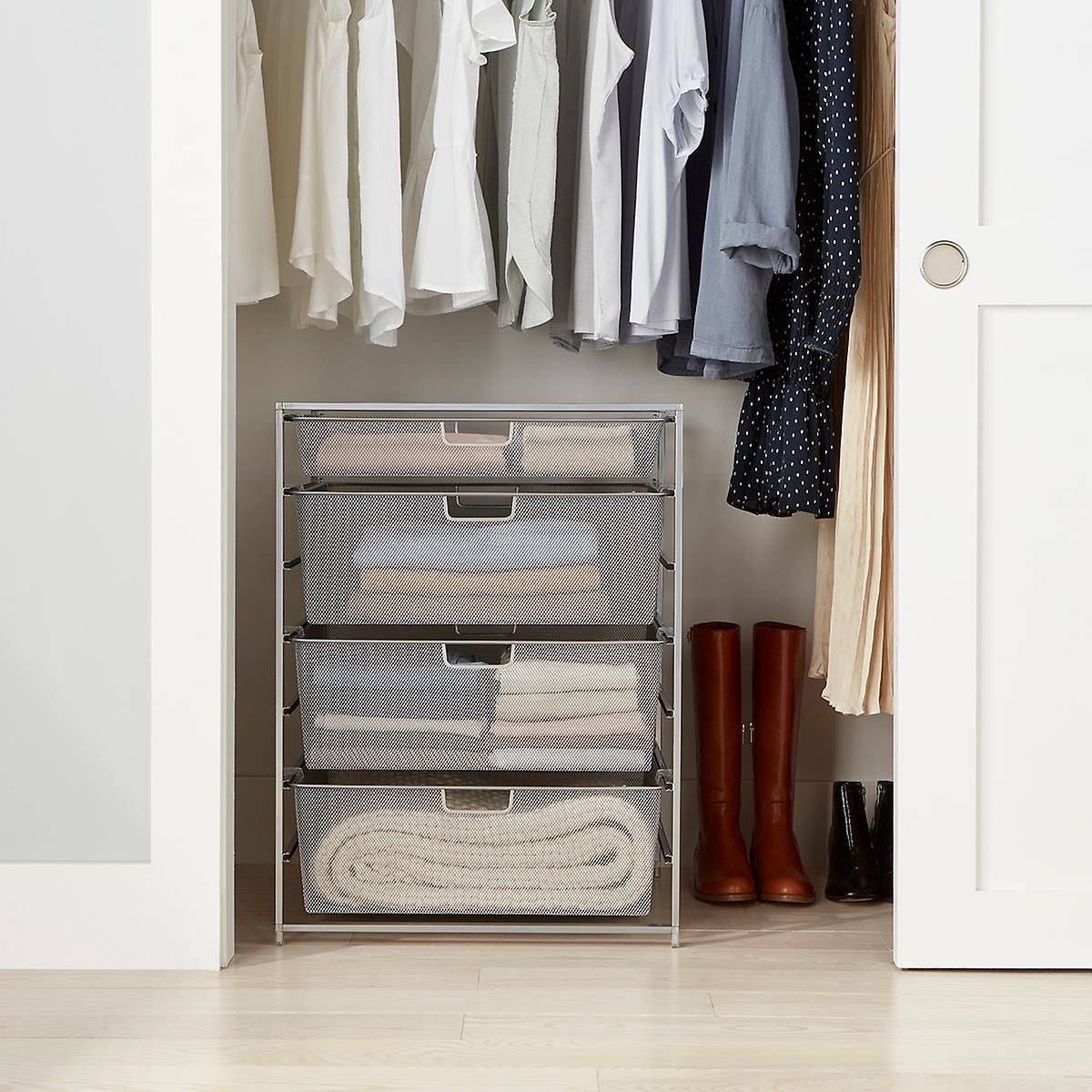

0 thoughts on “How To Organize Pantry With Deep Shelves”